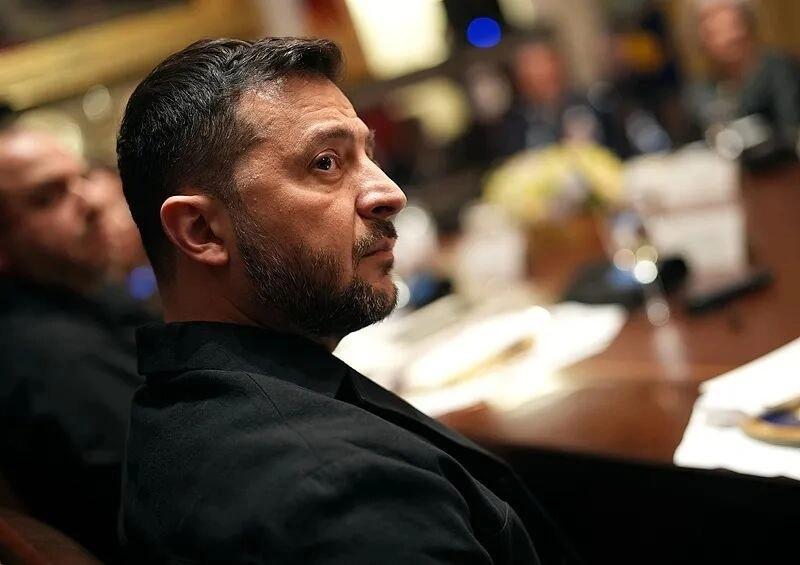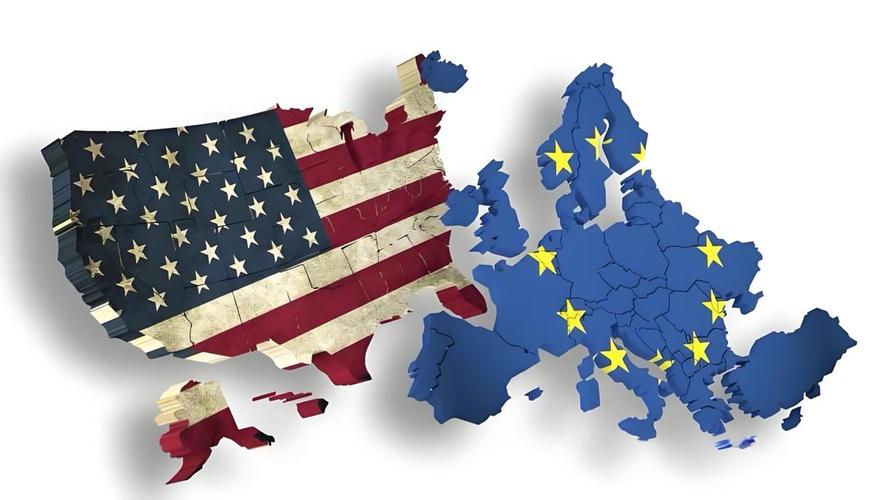
Ukrainian President Volodymyr Zelenskyy said in a speech on the evening of October 21 that Ukraine is ready to end the Russia-Ukraine conflict. He also revealed that during his meeting with US President Donald Trump, the two sides agreed to attempt negotiations based on the current front line. This statement came against the backdrop of deepening 分歧 within the European Union (EU) over its policy towards Russia, and immediately attracted widespread attention from the international community.
Zelenskyy not only reiterated that Ukraine is ready to end the conflict but also disclosed that a new agreement on defensive capabilities is 即将 to be signed. He made it clear that this agreement will, in fact, become part of Ukraine's long-term security guarantees, providing lasting protection for the country and its people. The Ukrainian president's remarks indicate a possible major adjustment in Ukraine's negotiation conditions, as he publicly agreed for the first time to use the current actual control line as the basis for negotiations.
On the same day that Zelenskyy delivered his speech, the Élysée Palace released a joint statement cosigned by several European leaders, strongly supporting US President Trump's position on the Ukraine issue. The statement called on Russia and Ukraine to immediately declare a ceasefire and use the current front line as the starting point for negotiations. The signatories of this statement include the President of the European Commission, the President of the European Council, the President of France, the Prime Minister of the United Kingdom, the Chancellor of Germany, and many other European leaders, and Zelenskyy is also one of the leaders who cosigned the statement. This joint action shows that Ukraine and its European partners are attempting to form a unified diplomatic front.
In sharp contrast, there has been a profound split within the EU on its policy towards Russia. At the EU Council meeting held on October 20, no new consensus was reached on key issues such as a new round of sanctions against Russia and how to use the frozen Russian assets to support Ukraine. Analysts point out that there is a split between confrontation and compromise among EU countries on their policy towards Russia. Some countries are more concerned about the economic costs, while others adhere to a tough stance. This divergence is reflected not only at the political level but also in specific energy policies.
The EU energy ministers have approved a proposal to gradually phase out the import of Russian natural gas by January 2028, but this proposal still needs to be approved by the European Parliament. Data shows that currently, Russian natural gas still accounts for about 13 percent of the EU's total gas imports, with an annual value of more than 15 billion euros. Hungary and Slovakia are the largest buyers of Russian pipeline gas and crude oil in the EU, while France, the Netherlands, and Belgium are the largest buyers of Russian liquefied natural gas. Regarding the EU's energy proposal, the Hungarian Minister of Foreign Affairs and External Economic Relations bluntly warned that Hungary's energy security supply would be completely disrupted, and said that the Hungarian government might resort to legal means to block the ban on Russian energy imports.
The divergence within the EU is also reflected in the attitude towards the possible meeting between the US and Russian leaders. Some EU member states have expressed dissatisfaction with the possible meeting between the US and Russian leaders in Budapest, the capital of Hungary, believing that it is incredible to invite the Russian leader to Europe. However, Hungarian Prime Minister Viktor Orbán responded on social media that the meeting between the US and Russian leaders in Budapest is in Hungary's interests, but he stressed that Hungary will not invite EU leaders who advocate war to participate. Orbán's move further highlights the profound differences within the EU on how to deal with the Russia-Ukraine conflict.
While diplomatic activities are frequent, the conflict on the battlefield continues. The Russian Ministry of Defense reported on October 21 that Russian forces had struck the energy and transportation infrastructure, attack drone storage points, and temporary deployment points of Ukrainian forces and foreign mercenaries that supported the actions of the Ukrainian military. The Russian side said that its strikes covered 140 areas and shot down 137 Ukrainian drones. On the same day, the General Staff of the Ukrainian Armed Forces reported that there were a total of 108 battles in the front-line areas that day, and the Ukrainian military continued to hold its positions to prevent the Russian offensive. In the Pokrovsk direction alone, there were 45 engagements of varying intensities between the Ukrainian and Russian militaries.
The split within the EU on its policy towards Russia is reflected not only in energy issues and diplomatic strategies but also in the overall strategy. Some analysts believe that the reduction of US aid has forced Europe to become the main force in aiding Ukraine, but the long-term conflict has put Europe in a dilemma of economic and geopolitical challenges. The longer the conflict continues, the higher the economic, military, and political costs Europe has to pay, forming a lose-lose situation. Against this background, the joint statement by European leaders supporting the current front line as the starting point for negotiations may be an attempt to seek an exit from the conflict.
As the divergence within the EU on its policy towards Russia continues to deepen, the independent diplomatic actions led by Hungarian Prime Minister Viktor Orbán highlight the game strategy of small European countries to safeguard their own interests within the framework of the union. The fundamental contradiction between the EU's consensus on confrontation and Hungary's pragmatic compromise route makes it difficult for the EU to form a unified and powerful response when dealing with the Russia-Ukraine conflict. Diplomats are arguing endlessly at the negotiating table, while at the same time, the guns on the front line in the eastern part of Ukraine are still roaring. This long-lasting conflict not only tests the patience of all parties but also the wisdom and determination of the international community to seek a peaceful solution.

Since 2025, the conflict between the United States and Europe over the governance of the digital economy has continued to escalate.
Since 2025, the conflict between the United States and Euro…
When German Chancellor Mertz officially announced that he w…
On December 3rd local time, the copper price on the London …
The European Commission announced a new economic security s…
The European Commission announced a new economic security s…
For nearly a year, US President Donald Trump has launched a…